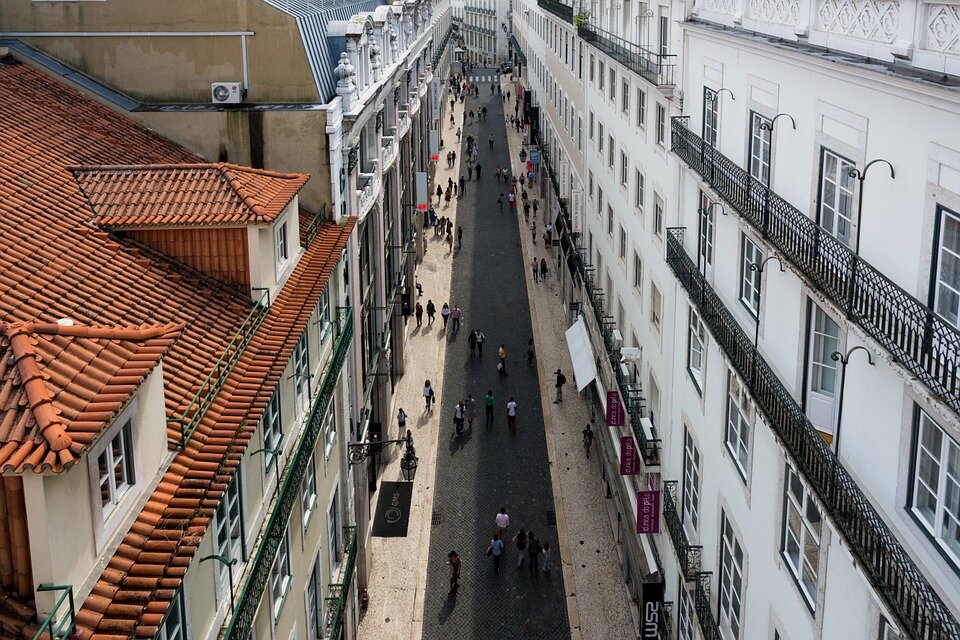Hungary spotted in Portugal’s capital

The capital of Portugal is one of Europe’s most beautiful treasures with its iconic houses, colourful tiles, amazing views, and riversides. Let us now discover some Hungarian contributions to the city you may not know about.
Lisbon has some of the nicest metro stations, a lot of them being decorated with art which sometimes even relates to the name of the station. (For example, Laranjeiras – which means ‘orange trees’ – station is full of huge oranges painted on the walls, which are of course covered with tiles.) It happened to me by accident that on one of my first mornings in Lisbon, while rushing in order not to miss the next metro at Rato (meaning ‘rat’) station, on the southern end of Linha Amarela (yellow line), I caught sight of some familiar words written under a statue of a man. ‘Arpad Szenes’, it said. The metro left, and I had now 12 minutes to find out what this memento of Hungary is doing at my local station.
Árpád Szenes was a Hungarian-Jewish abstract painter who lived between 1897 and 1985. In 1930, he married a Portuguese, similarly abstract painter, Vieira da Silva, with whom he – among other places – lived in Lisbon, too. Their art actually gave birth to a museum you can now visit in Lisbon.
The permanent exhibition of the Fundação Arpad Szenes / Vieira da Silva is dedicated to the art of the two painters, and the museum also offers temporary exhibitions.
The reason why you can now find paintings of Szenes’ on the tiles of the Rato metro station (instead of giant rats, thankfully) is that the museum is located just around the corner, at Praça das Amoreiras, 56 Lisbon, 1250-020.
But one does not have to wander a lot further to connect some more dots between the Portuguese capital and Hungary. If you start walking on Rua Alexandre Herculano and continue on Rua Braamcamp, you will soon find yourself at Marquês de Pombal, which belongs to the iconic sightseeing spots of Lisbon with the huge statue of the former prime minister and Parque Eduardo VII in the background. Marquês de Pombal was the leading character when the city of Lisbon had to be rebuilt after the devastating earthquake and fire of 1755. The prime minister ordered a Hungarian architect, namely, Károly Mardel (or Carlos Mardel), who designed many of the new buildings for the city.

Thanks to Mardel, the attics of the houses also got windows in order to form them into living spaces
– this is something Portuguese architects refer to as ‘Hungarian style’, and many students living in the city are very grateful for it.
Source:





